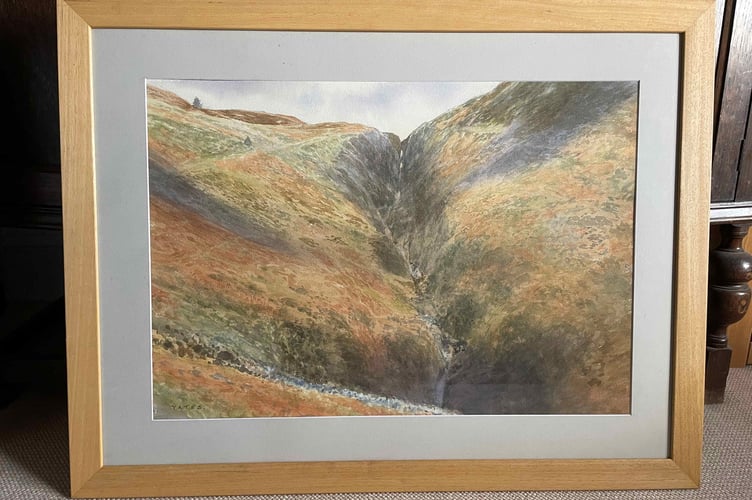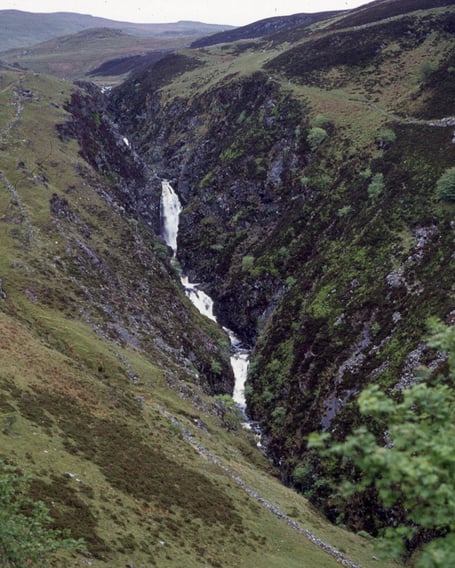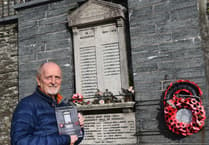For the past year, campaigners have been battling to save on of the Eryri National Park’s most striking waterfalls, Rhaeadr y Cwm on Afon Cynfal near Ffestiniog.
The waterfall and its gorge are threatened by small scale hydro-electric scheme which would see, at times, nearly 70% of its water diverted through a pipe around the waterfall.
Now Jeremy Yates, a former President and now Vice-President of the Royal Cambrian Academy of Art, who taught art with Bangor University and art history with the Workers Educational Association (North Wales), has supported the campaign by creating two original paintings of the famous waterfall, which are being auctioned to raise money for the campaign. The auction is being hosted on the Cymdeithas Eryri website.

Jeremy Yates says: “This invitation has given me the opportunity not only to support this vital ecological campaign but also to work on a view made famous by Cox and other artists before me. I chose to use his viewpoint to reinforce the importance and significance of this remarkable unspoiled place.”
As Rory Francis, Director of the Cymdeithas Eryri Snowdonia Society adds: “This form of fundraising seems particularly appropriate, as the waterfall was famously depicted by David Cox in 1836 in his iconic painting Rhaiadr Cwm, now in the British Museum in London. We are hugely grateful to Jeremy for creating these beautiful paintings. The plan now is to auction them to raise money for the campaign and our work protecting the and enhancing the special features of the Eryri National Park.”
The planning application was lodged in July 2024 and could be determined by the National Park’s Planning and Access Committee as soon as 12 November.
The gorge and waterfall of Rhaeadr y Cwm are not just notable scenic feature of the Eryri National Park, they for part of a Site of Special Scientific Interest (SSSI), designated partly for its rare assemblage of damp-loving mosses and liverworts, whose habitat could be significantly dried out if nearly 70% of the water was removed. And while Welsh Planning Policy now states that presumption against all forms of development in an SSSI as a matter of principle, except for developments necessary for the management of a SSSI, Natural Resources Wales has failed to provide clear guidance to the National Park Authority regarding the importance of protecting this unique habitat.
Furthermore, the amount of renewable electricity generated by the scheme would not be significant. The capacity of the scheme would be just 600kW. In other words, it would take fully twelve schemes like this to generate the amount of electricity of just one modern wind turbine.
As a result a coalition of six conservation groups has come together to protect, the waterfall.
Beside the Snowdonia Society, this includes Save our Rivers, the British Mountaineering Council, the North Wales Rivers Trust, Buglife, Plantlife and the North Wales Wildlife Trust.
More than 1,100 people have also responded to the public consultation and object to the development.





Comments
This article has no comments yet. Be the first to leave a comment.